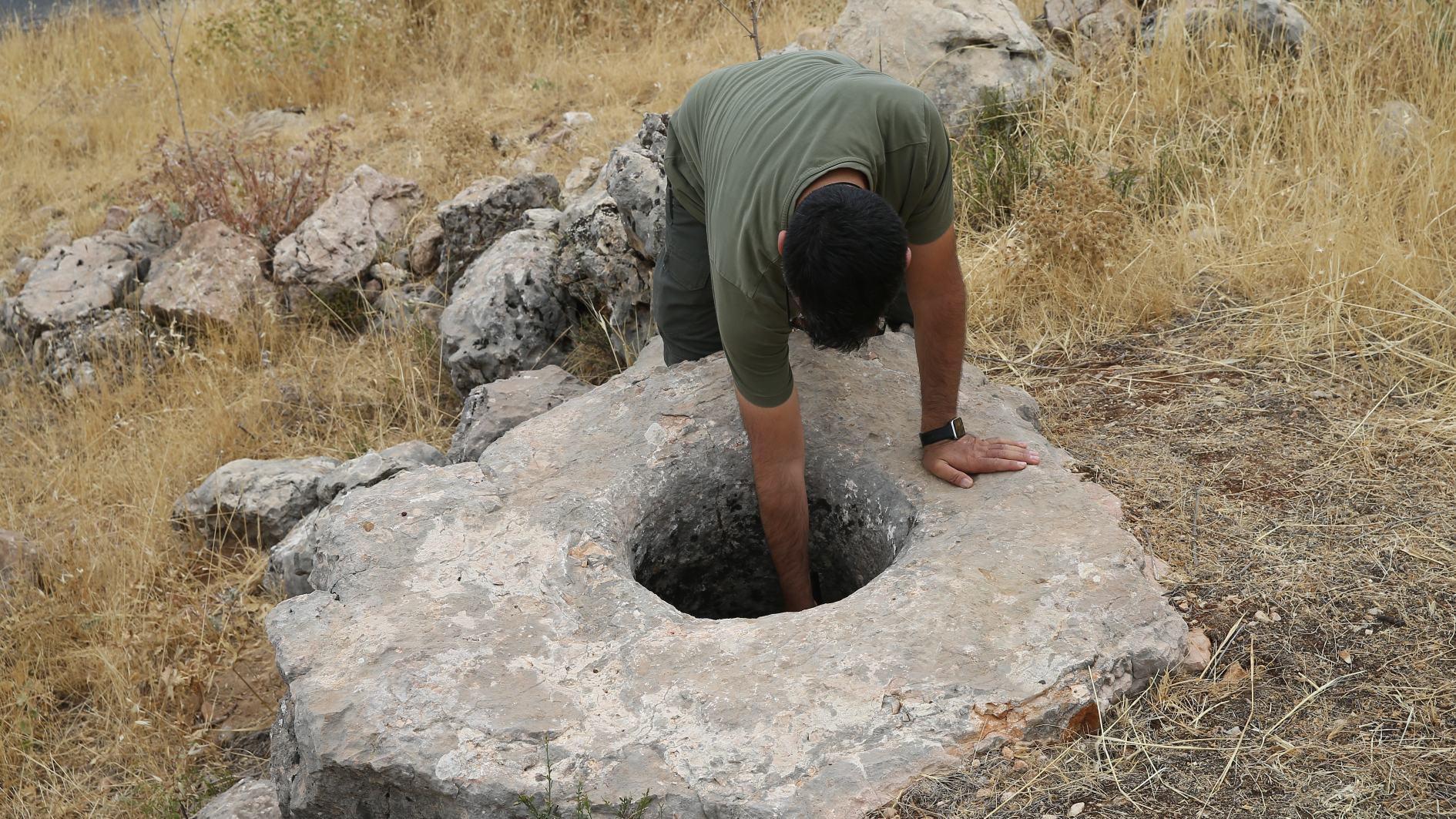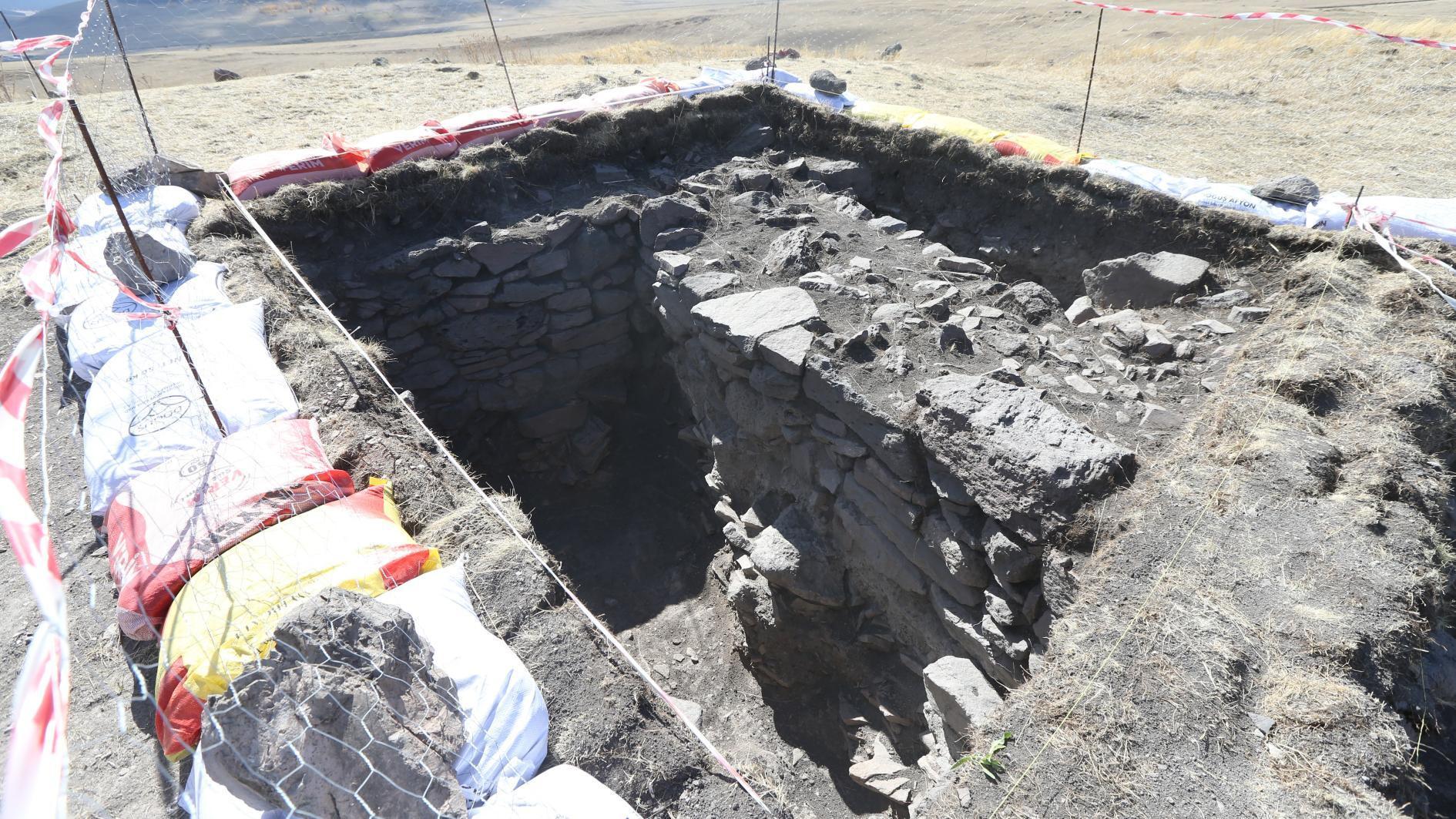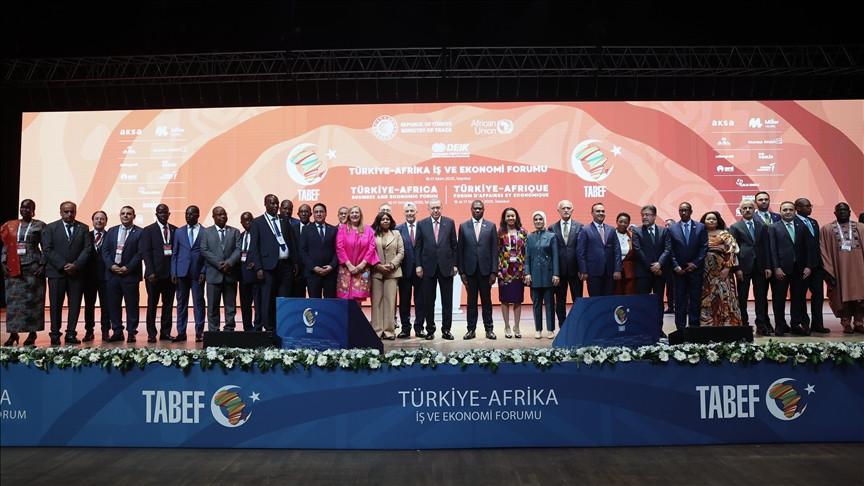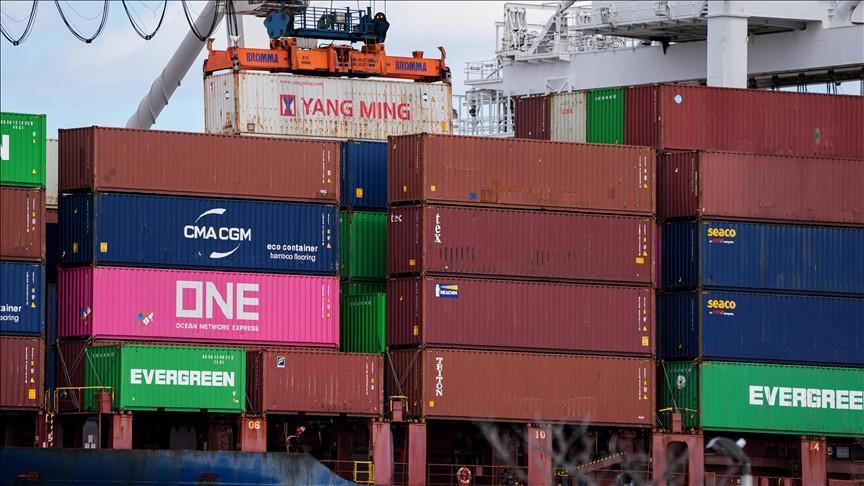Iron Age building unearthed in Soğmatar
ŞANLIURFA
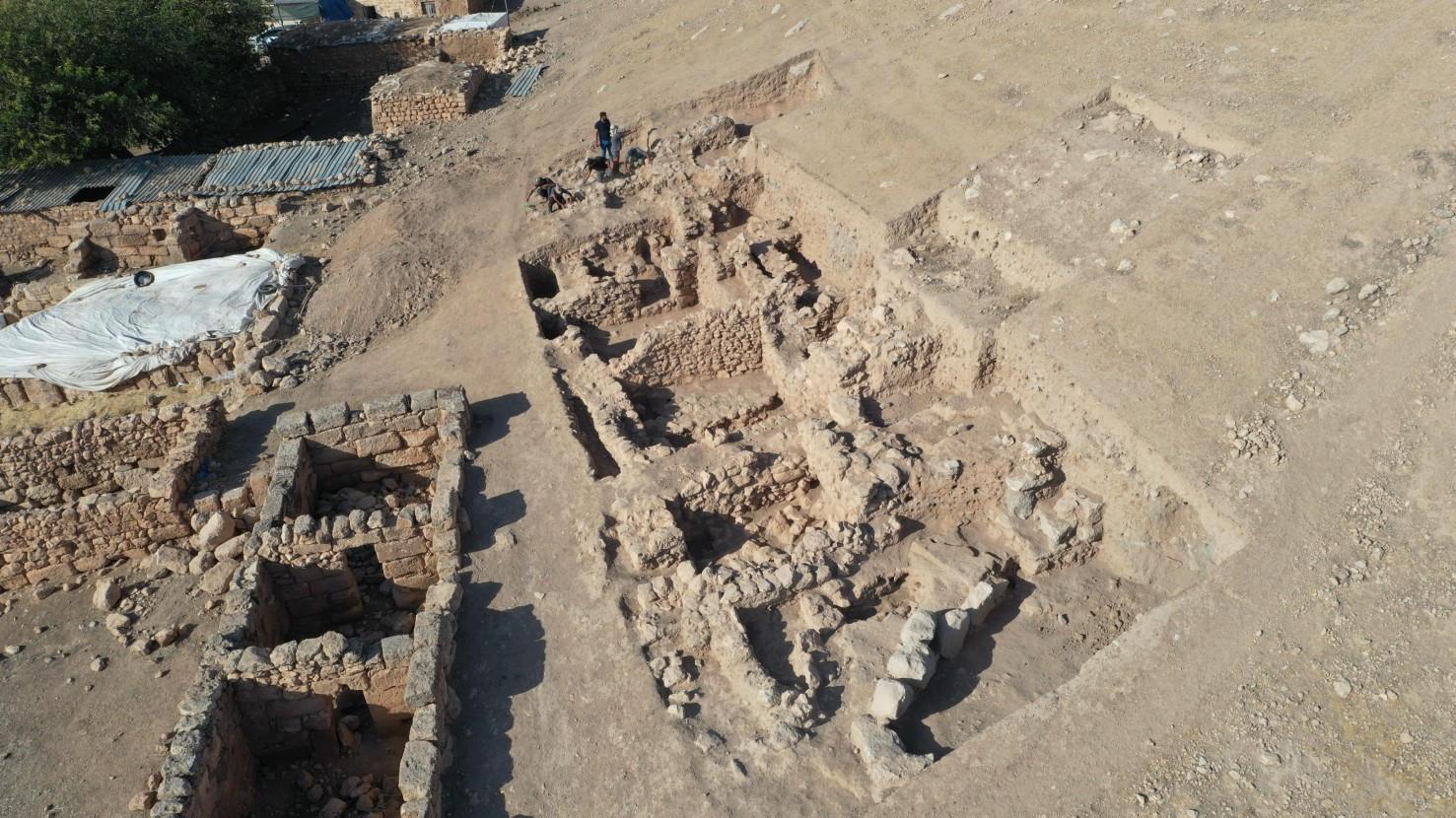
A public structure estimated to be around 3,000 years old has been unearthed during excavations in the ancient city of Soğmatar in Şanlıurfa.
Excavation director Süheyla İrem Mutlu said that excavations have been underway for about four years near the rural Yağmurlu neighborhood in Şanlıurfa’s Eyyübiye district.
Stating that archaeological research has revealed Şanlıurfa to be one of the world’s oldest inhabited regions, Mutlu noted that Soğmatar is home to rock reliefs depicting the Moon God Sin and the Sun God Shamash, as well as rock-cut tombs.
She explained that Soğmatar was considered a sacred center throughout history, and that excavations continue simultaneously on the 23-meter-high mound and in the necropolis area, which includes rock tombs, sarcophagi and monumental graves.
Mutlu said that under the “Heritage for the Future Project,” excavations are ongoing in different parts of the ancient site.
“So far, we have uncovered 83 rock tombs belonging to the Roman and Early Bronze Age periods,” Mutlu said. “We found two types of rock tombs; shaft tombs from the Early Bronze Age, dating to around 2400 B.C., and more elaborate ones with entrances and stairways from the Roman period.
“As a result of our excavations in Soğmatar, we uncovered a large public building complex from the Iron Age, corresponding to the Neo-Assyrian period in the first millennium B.C. Based on the findings, we can now trace the history of the site back to the Iron Age. This area also served as an important necropolis used by elite and noble classes. We believe Soğmatar should be evaluated as a whole, and through our ongoing work in both the mound and the rock tombs, we aim to determine how much further back its history extends.”
Mutlu added that they identified seven separate rooms within the public building, each with walls measuring about 2 meters in height and 1 meter in thickness.


